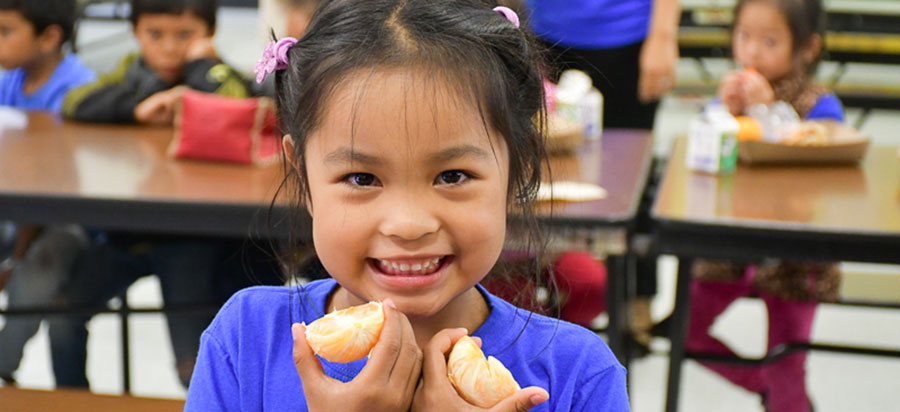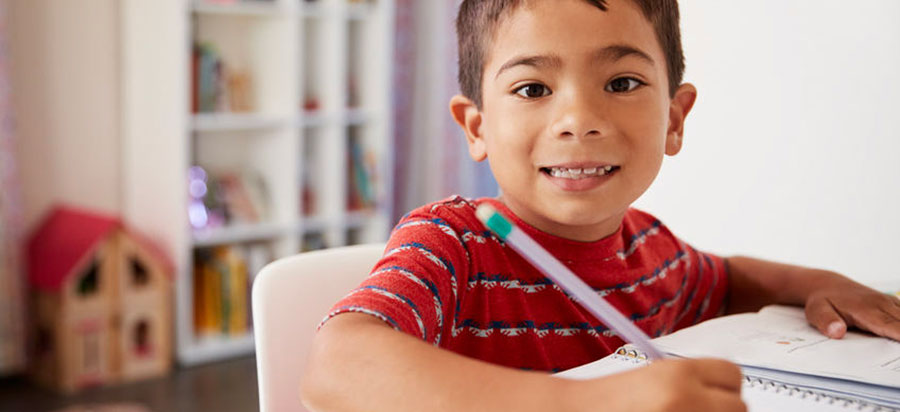This report leverages findings from OST research and practice about exactly what happens when kids are not in school and identifies best practices to enable families, schools, educators, and organizations to initiate an effective, collaborative, and innovative response to the COVID-19–related school closures.
The recent COVID-19 pandemic is having an unprecedented effect on the U.S. K-12 education system. According to Edweek, the closure of at least 124,000 public and private schools is already affecting more than 55 million students. Entire statewide school systems are closing for months, with a growing number of states shuttering their schools for the remainder of the academic year.i Also, many states are waiving their 180-day school year requirement, canceling district and statewide spring assessments, reducing or eliminating teacher professional development, and reducing or eliminating other key educational services such as school meals and after-school programming.
Impact of School Closures on Youth
As the pandemic continues to confine many children and families to their homes, it is entirely possible that millions of students could go without formal schooling for upwards of five to six months. Given what we know about the impact of the summer learning gap on student achievement, access to resources, and student health and well-being, the impact of a months-long school closure could be catastrophic. It is not out of the range of possibility that millions of students could lose most or all of what was learned during the 2019–2020 school year, leaving many students a year or more behind in their learning trajectory at the start of the 2020–2021 academic year. School systems anticipating a five- to six-month period of limited or no schooling are quickly mobilizing resources to move classroom instruction online; but access to technology is uneven, and virtual learning is not always as effective as in-person instruction, particularly for students who are struggling, have special needs, or have limited English proficiency.
Out-of-school time (OST) research can serve as an important guidepost in understanding the effects these closures may have. For decades researchers have studied the impacts for students who do not participate in educational opportunities during the two- to three-month summer break, as well as how evidence-based learning programs can positively affect students and promote continual learning and healthy development.
Although these circumstances are still evolving and the potential outcomes may not be observed for many years, it is critical for communities to act and intervene now to stem the potentially detrimental effects of disrupted formal schooling.




